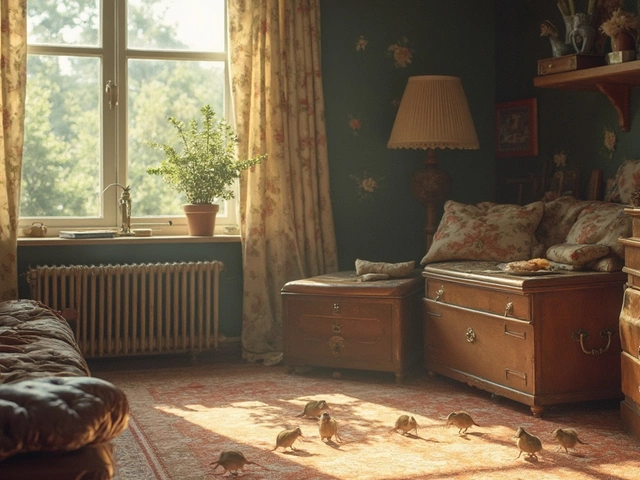Garage Furniture Tips: Keep Your Pieces Safe and Stylish
Got a garage that doubles as a storage space? You’re not alone. Many UK homeowners use the garage for everything from tools to seasonal décor, and often end up stashing furniture there too. The good news? With a few simple moves you can protect wood, stop mold, and avoid pest damage without spending a fortune.
Storing Wood Furniture in an Unheated Garage
Wood is beautiful but it loves a stable climate. When you drop a wooden cabinet or a reclaimed coffee table into a cold, damp garage, you’re inviting warping and cracking. First, wrap each piece in breathable cloth or a moving blanket – plastic can trap moisture and do more harm than good. Next, elevate the furniture off the concrete floor with pallets or small risers. This creates an air gap that lets humidity escape and stops water from soaking into the legs.
If you have a roller door, keep it closed during rainy spells. A quick weather‑proof seal around the door frame can cut down on drafts that bring in cold air. For an extra layer of protection, consider a portable dehumidifier for the garage; a modest unit can keep humidity below 55%, which is the sweet spot for most woods.
Preventing Mold, Mildew and Pests
Mold loves the exact conditions you get in an unheated garage – warm spots, dampness, and limited airflow. To beat it, give each furniture piece a chance to breathe. Avoid stuffing storage boxes directly against the back of a sofa; leave a few inches of space so air can circulate. A light spray of vinegar and water on surfaces prone to mold can kill spores before they spread, and the smell fades quickly.
Rodents and mice are another headache. They’re drawn to dark corners and anything that looks like a hiding spot. Store items in sealed plastic bins instead of cardboard boxes, and add a few drops of peppermint oil on cotton balls near entry points – mice dislike the scent. Simple metal mesh on garage vents also blocks them without restricting airflow.
Finally, think about the furniture layout. Keep heavier pieces against the back wall where temperature is most stable, and reserve the front area for items you need to grab often. This reduces the number of times you move things, limiting wear and tear.
By wrapping wood, elevating items, controlling humidity, and making your garage less inviting for mold and pests, you’ll extend the life of your furniture and keep it looking great. These garage furniture tips don’t require a renovation – just a bit of common sense and a few easy steps.



